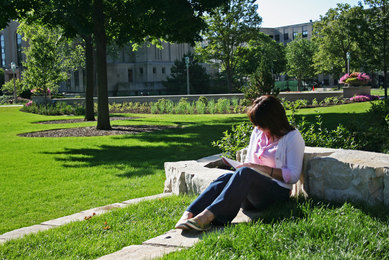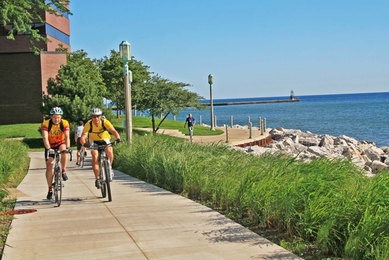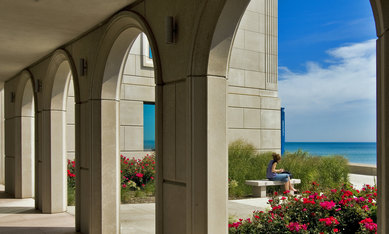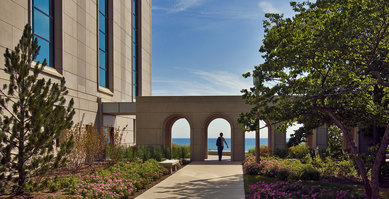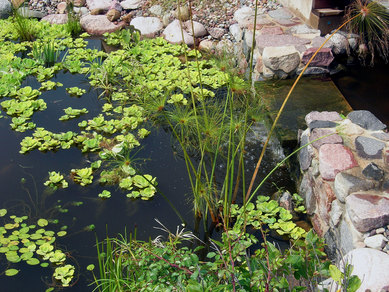Learning in Place
To say that higher education is facing unprecedented change is perhaps putting it mildly. Commenting in a New Yorker article on the implications of distance learning and massive open online courses (MOOCs), Stanford President John L. Hennessy warned “There’s a tsunami coming.”
At the same time, traditional higher education has proven to be remarkably enduring. As many commentators point out, higher education institutions have historically been very slow to change. Especially now, when institutions are facing new financial challenges and uncertainty, the cost of change tends to be viewed as something no one can afford.
This raises some important questions. Just how different will higher education be a decade or two decades from now, and what does this mean for long-term campus and facility planning? Will the facilities a university prioritizes today still be the ones they need when they’re finally built?
To help advance this understanding, SmithGroupJJR hosted a group of leading university planners and designers from across the country for a roundtable discussion. The discussion took place during the Society for College and University Planning (SCUP) national conference in Chicago.
The conversation was striking for the level of consensus regarding the major trends and challenges facing higher education, and the extent to which these challenges will be met through a commitment to both innovation and institutional tradition. There was also strong agreement that a shared experience of place will remain a cornerstone of dynamic learning and research communities. Even as virtual education increases, physical planning and design will continue to play a pivotal role in shaping the future of our higher education institutions.
The summary paper can be read here.
